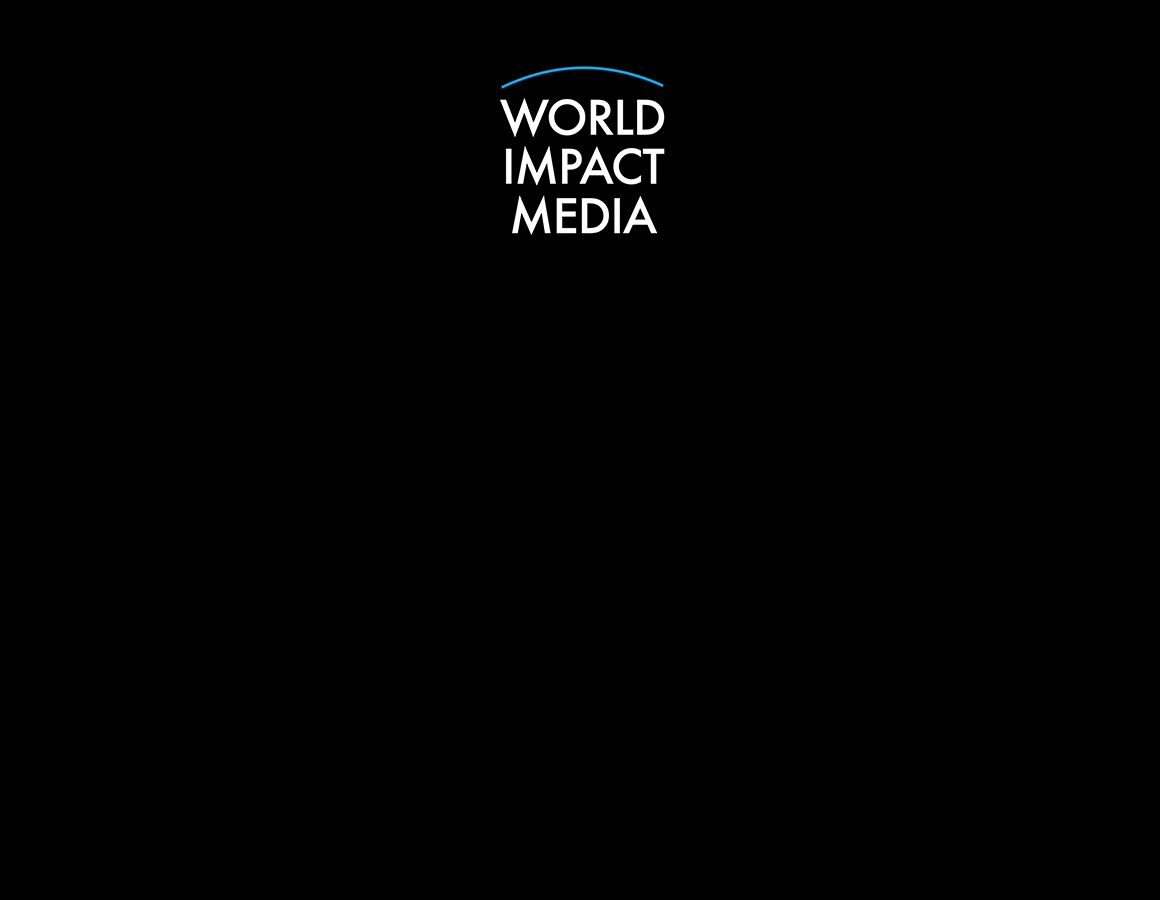Price Outlook
After a strong rally of around 75% since early 2021, analysts expect prices to dip up to 15% during late 2025 and into 2026, largely due to a surge in new supply. Market experts forecast a balancing out by 2026, with prices stabilizing after years of rapid increases.
Supply Surge
Approximately 182,000 to 210,000 new residential units are expected to be delivered in 2025–2026, compared to an average of 40,000 in previous years. Demand remains strong, with Dubai’s population projected to reach around 4 million by 2026, supported by visa reforms and job growth.
Rental and Segment Trends
Rental markets in non-prime areas will likely stabilize first, with wider price adjustments following as supply continues to increase. Developers are shifting focus toward more affordable and mid-market properties, moving away from luxury-only projects. Prime locations such as Palm Jumeirah and upscale villas may hold value better than mid-tier segments.
Risks and Stability Factors
Excess supply could dampen price growth. Construction delays may temporarily support prices in the short term. Dubai’s history of managing market corrections through regulatory reforms and stronger financing frameworks increases market resilience.
Summary Snapshot
| Aspect | Forecast |
|---|---|
| Prices | Small correction up to –15%, then stabilize |
| Supply | 182,000–210,000 units in 2025–26 |
| Rental Yields | Stabilizing first, then modest growth |
| Market Shift | More focus on affordable mid-tier; luxury slows |
| Risk Factors | Potential oversupply, geopolitical uncertainties |
Investor Implications
- Short-term buyers may find opportunities amid mild price corrections.
- Long-term investors benefit from Dubai’s strong macroeconomic fundamentals, tax advantages, and global business role.
- Targeting well-located mid-market units offers potential for rental income and capital appreciation as the market steadies.















